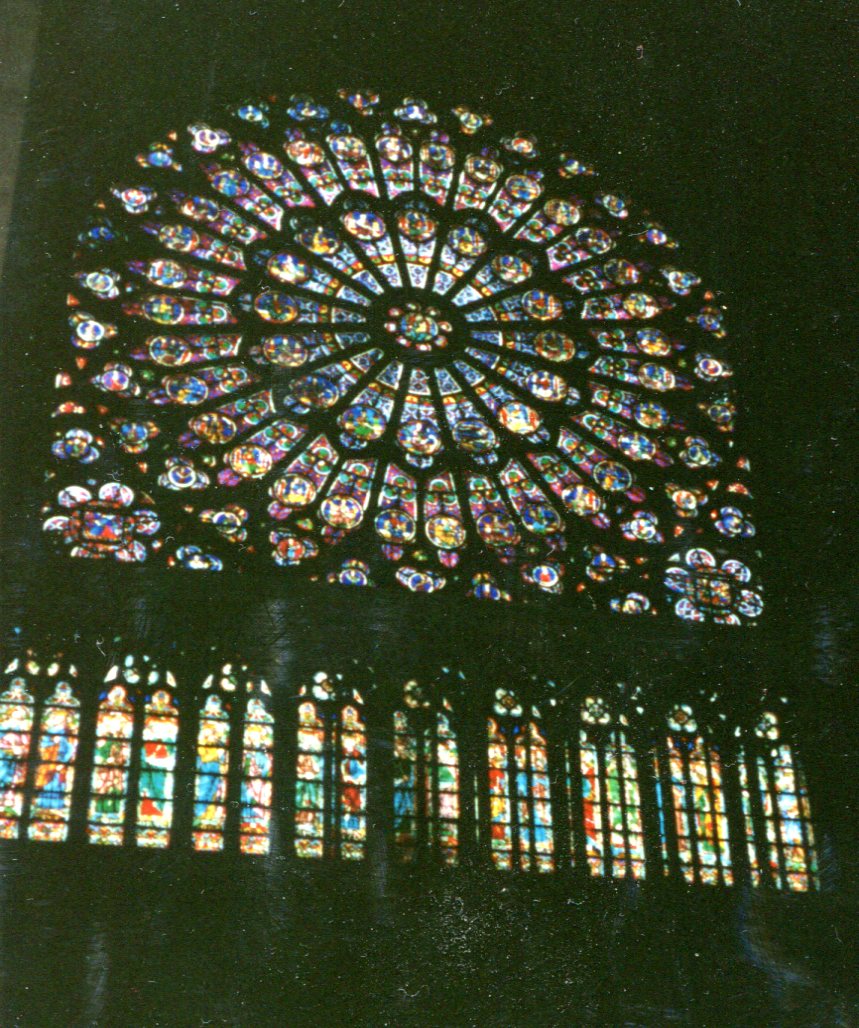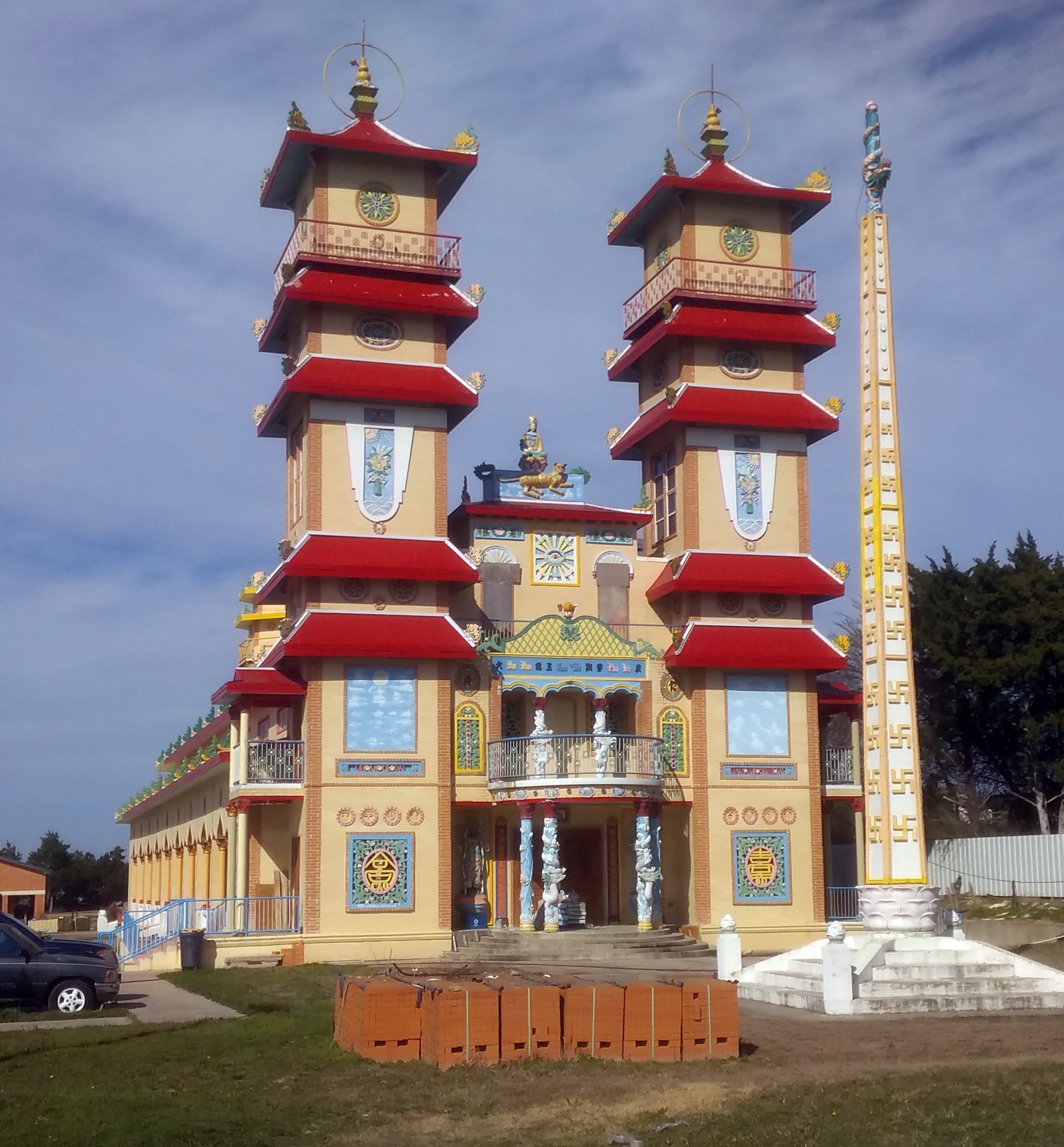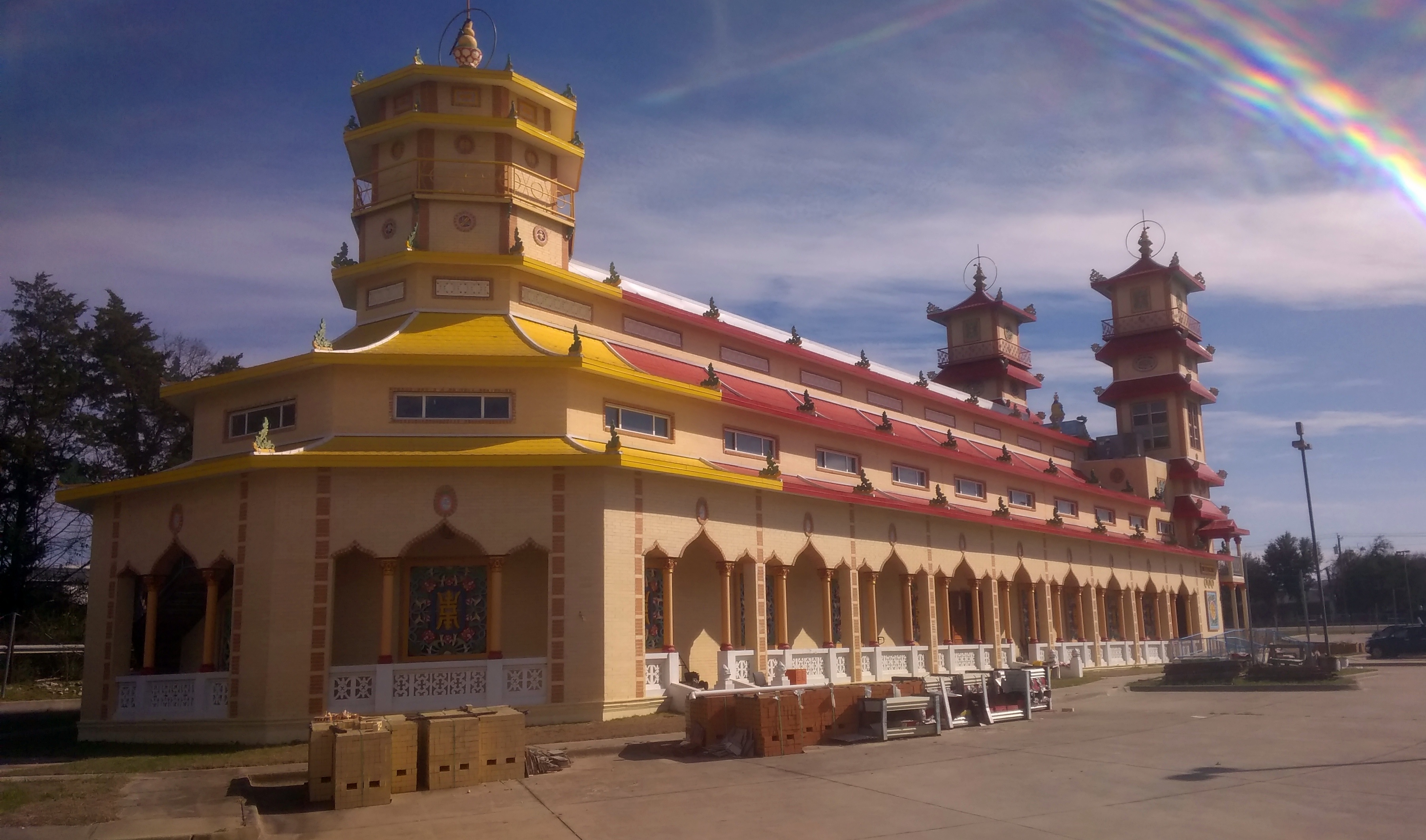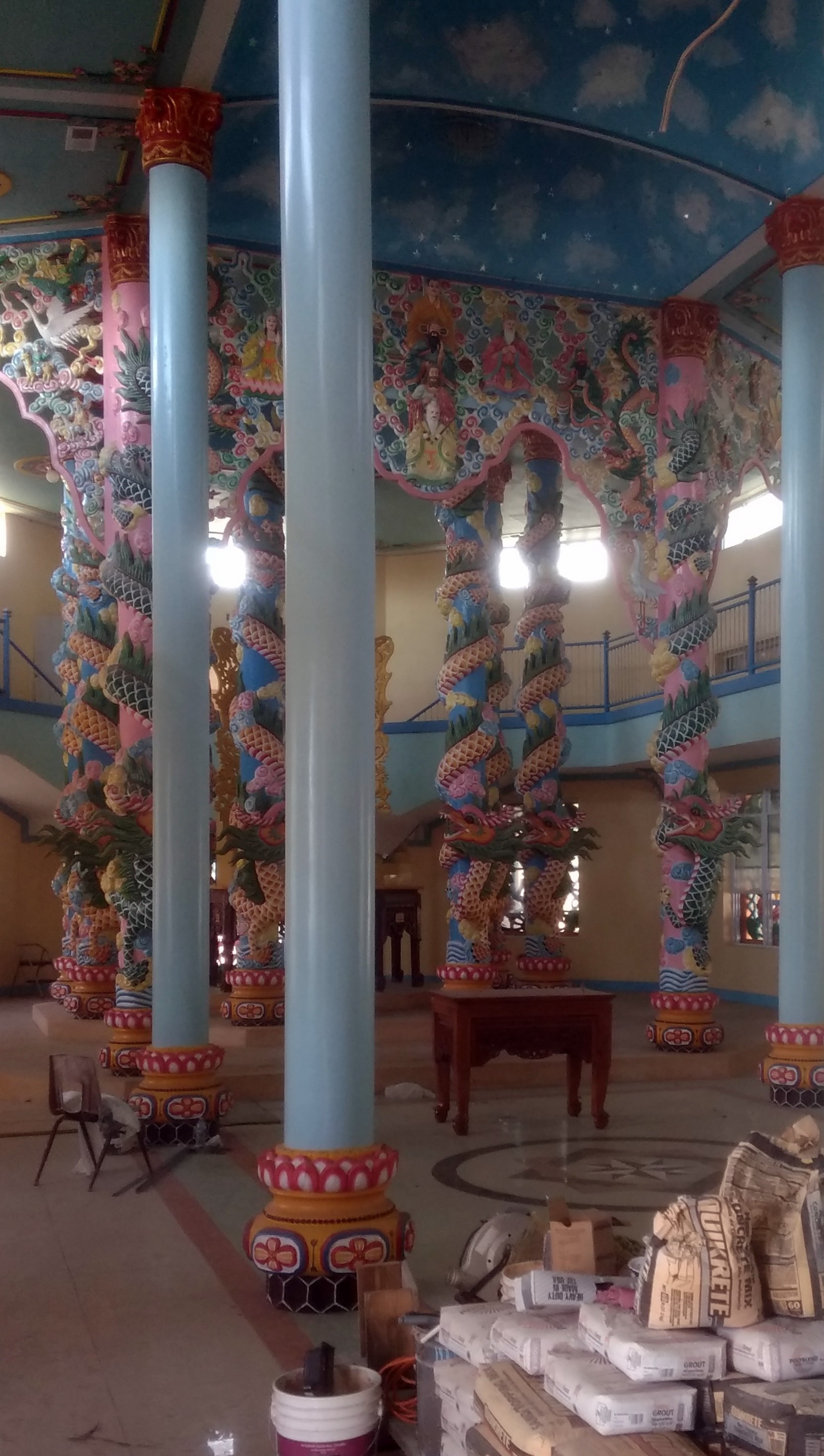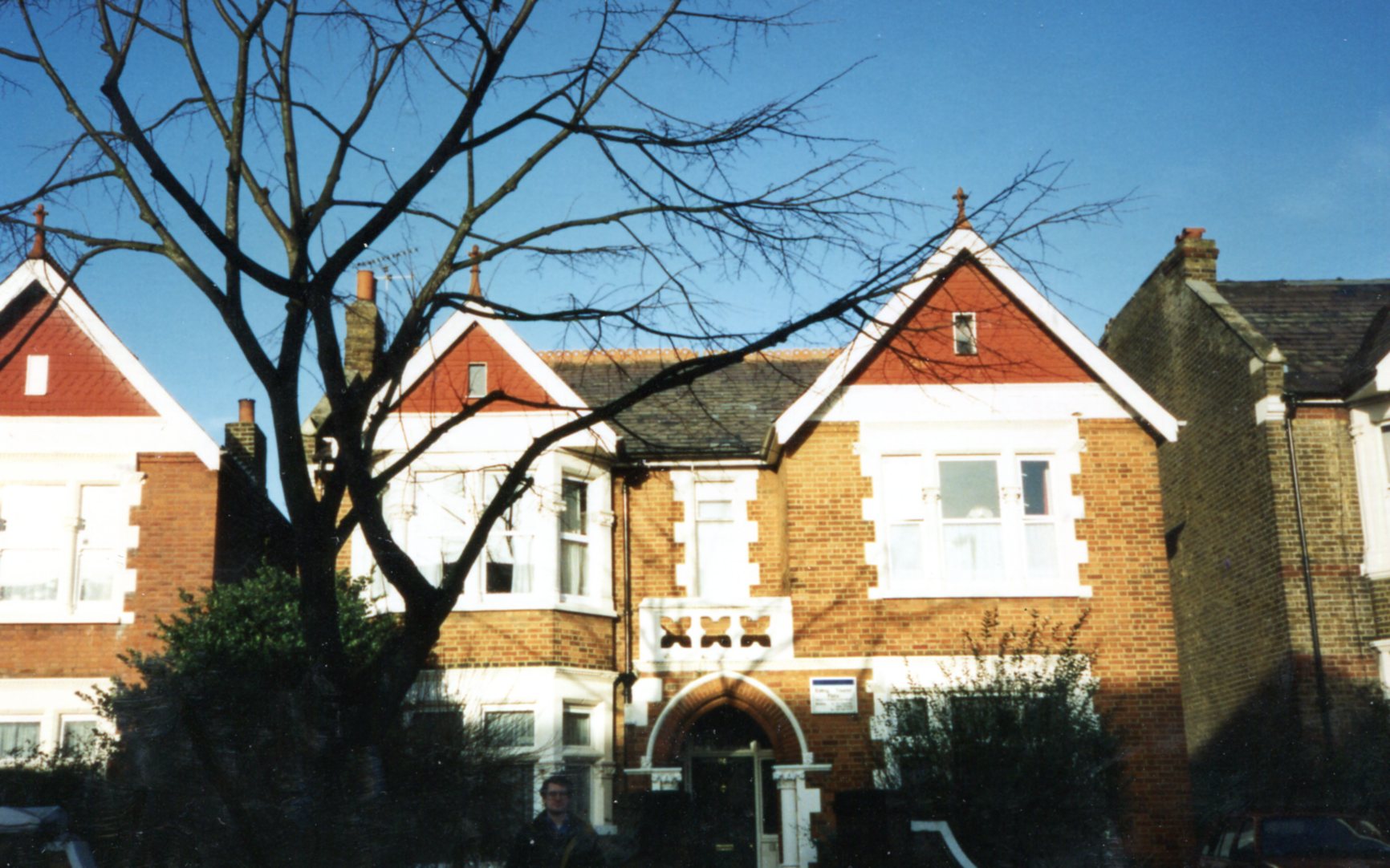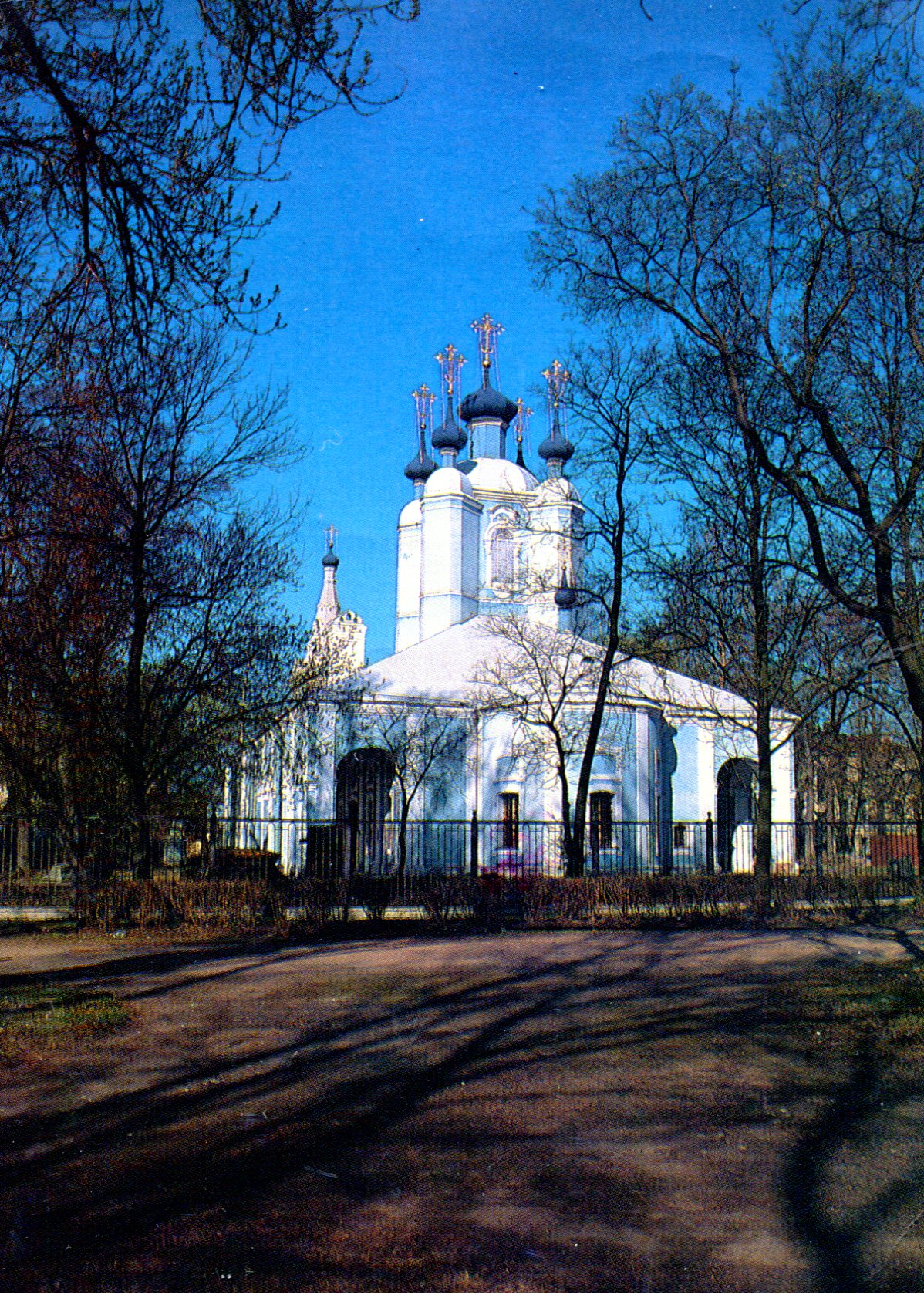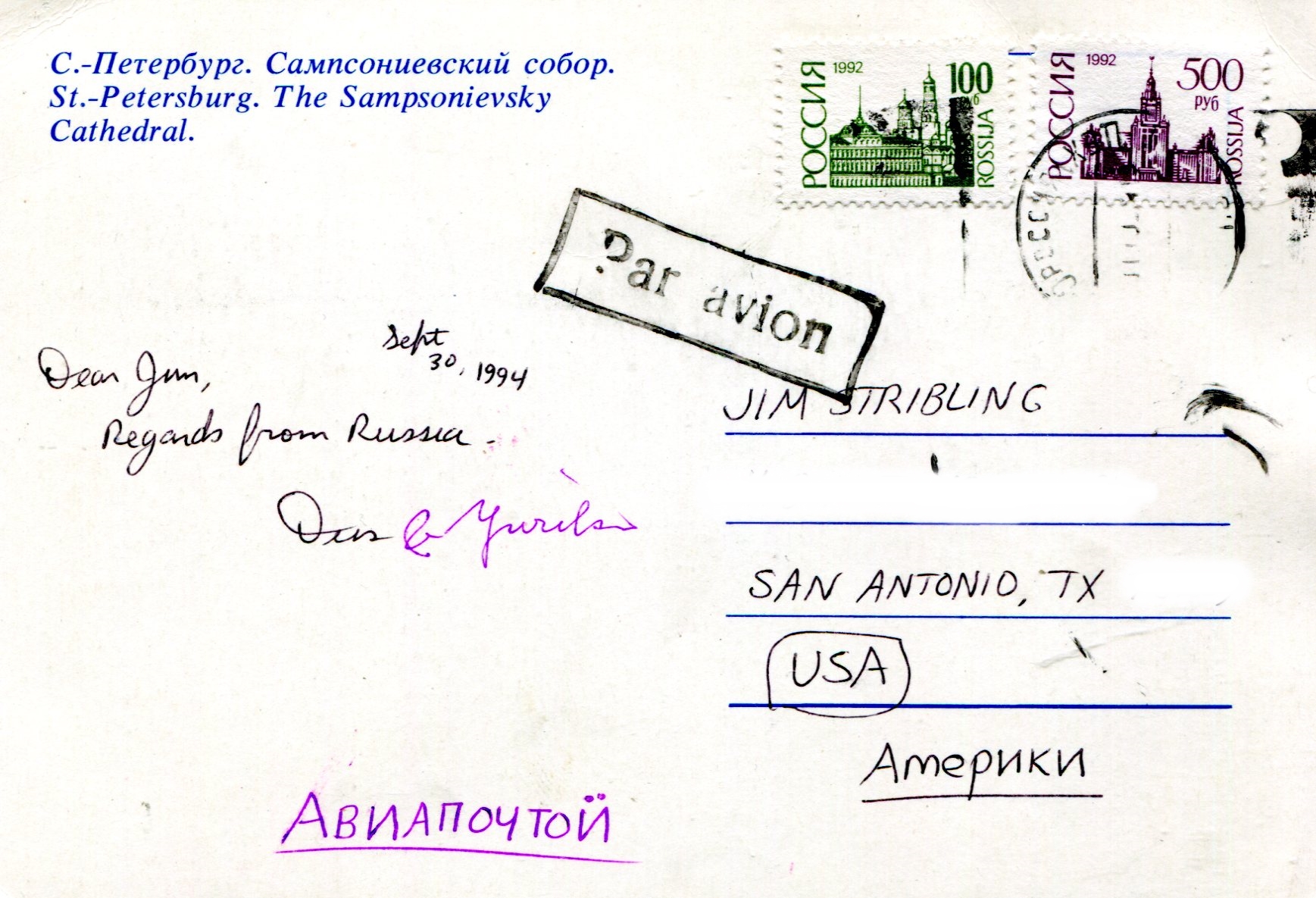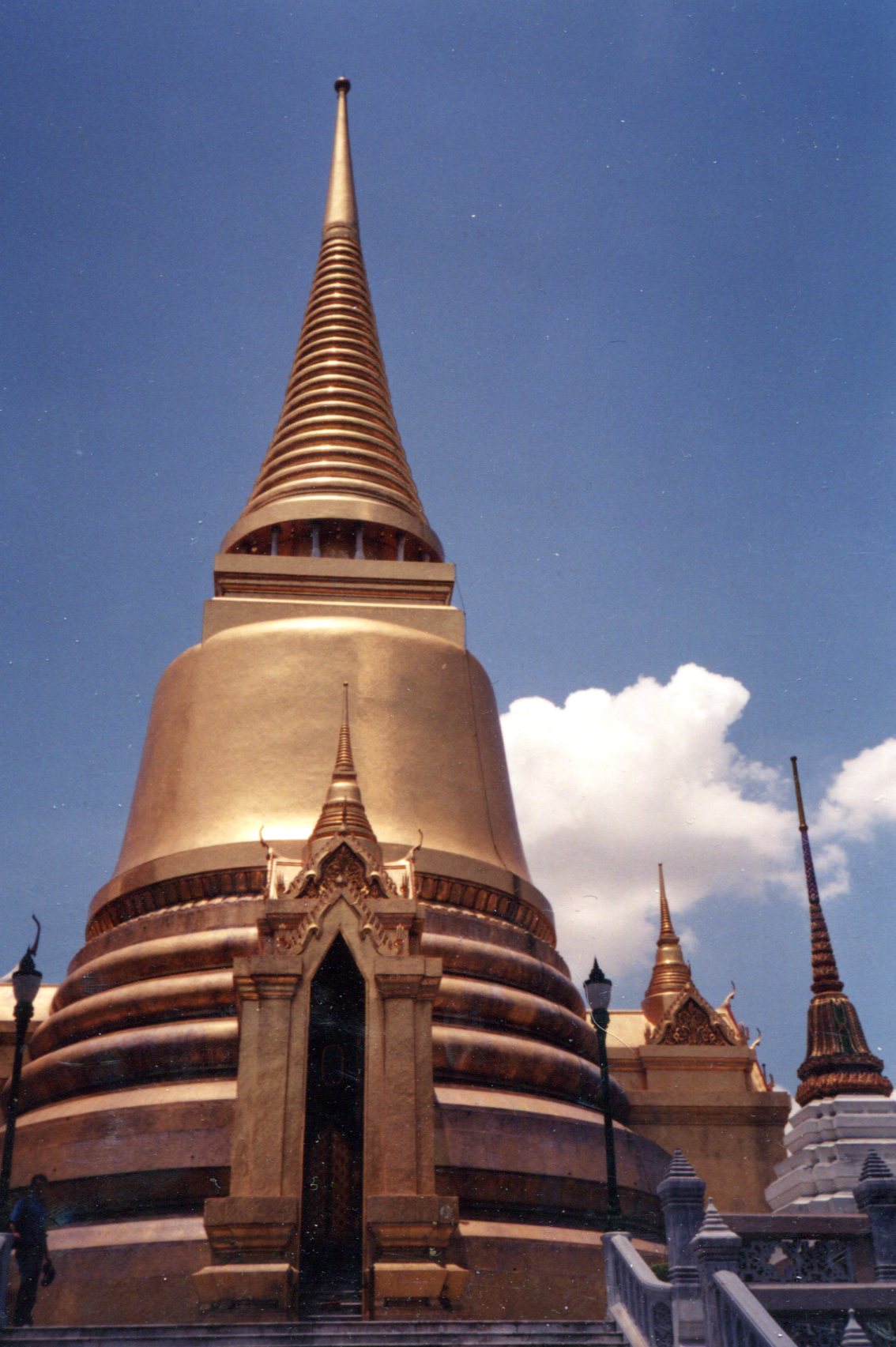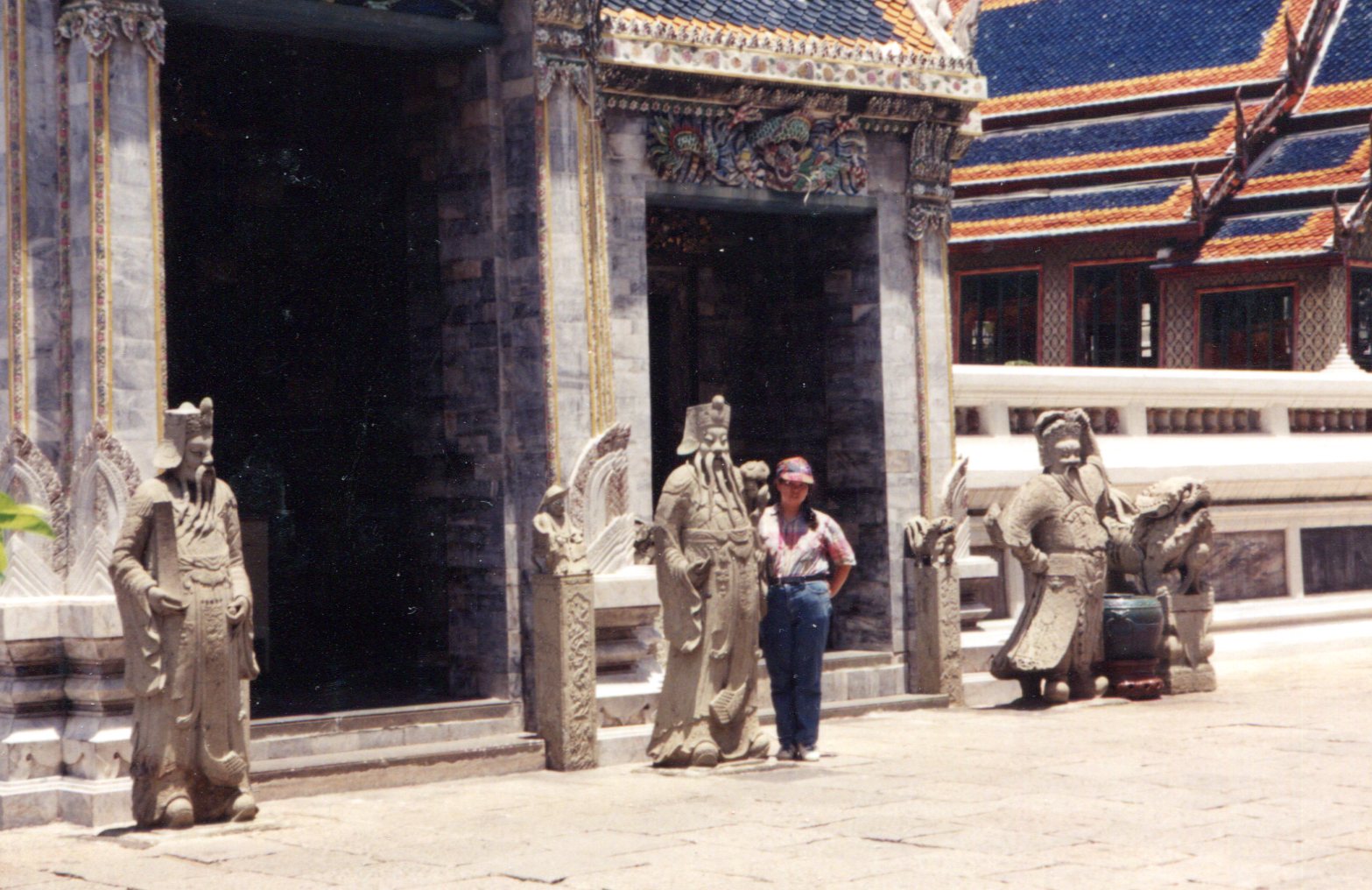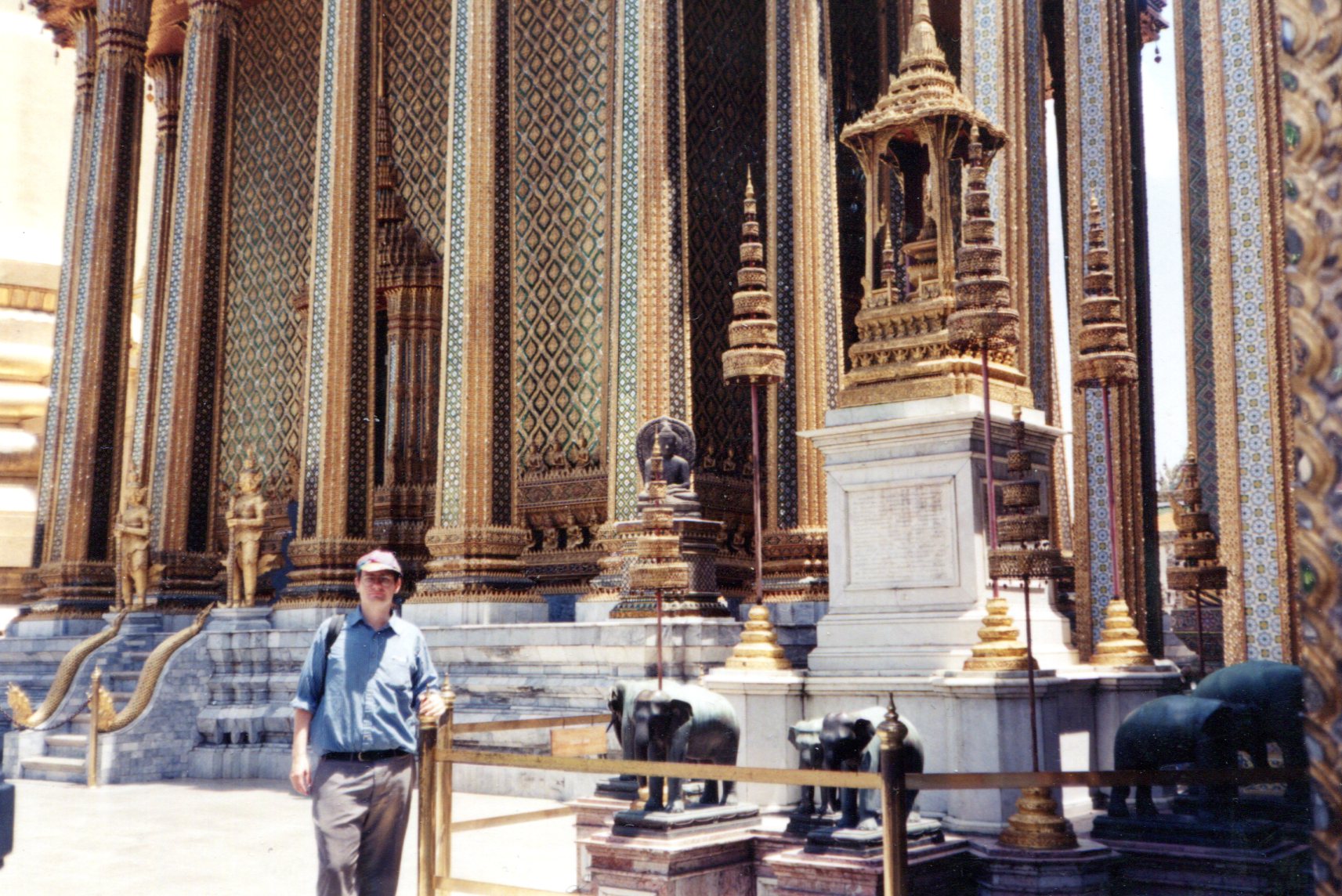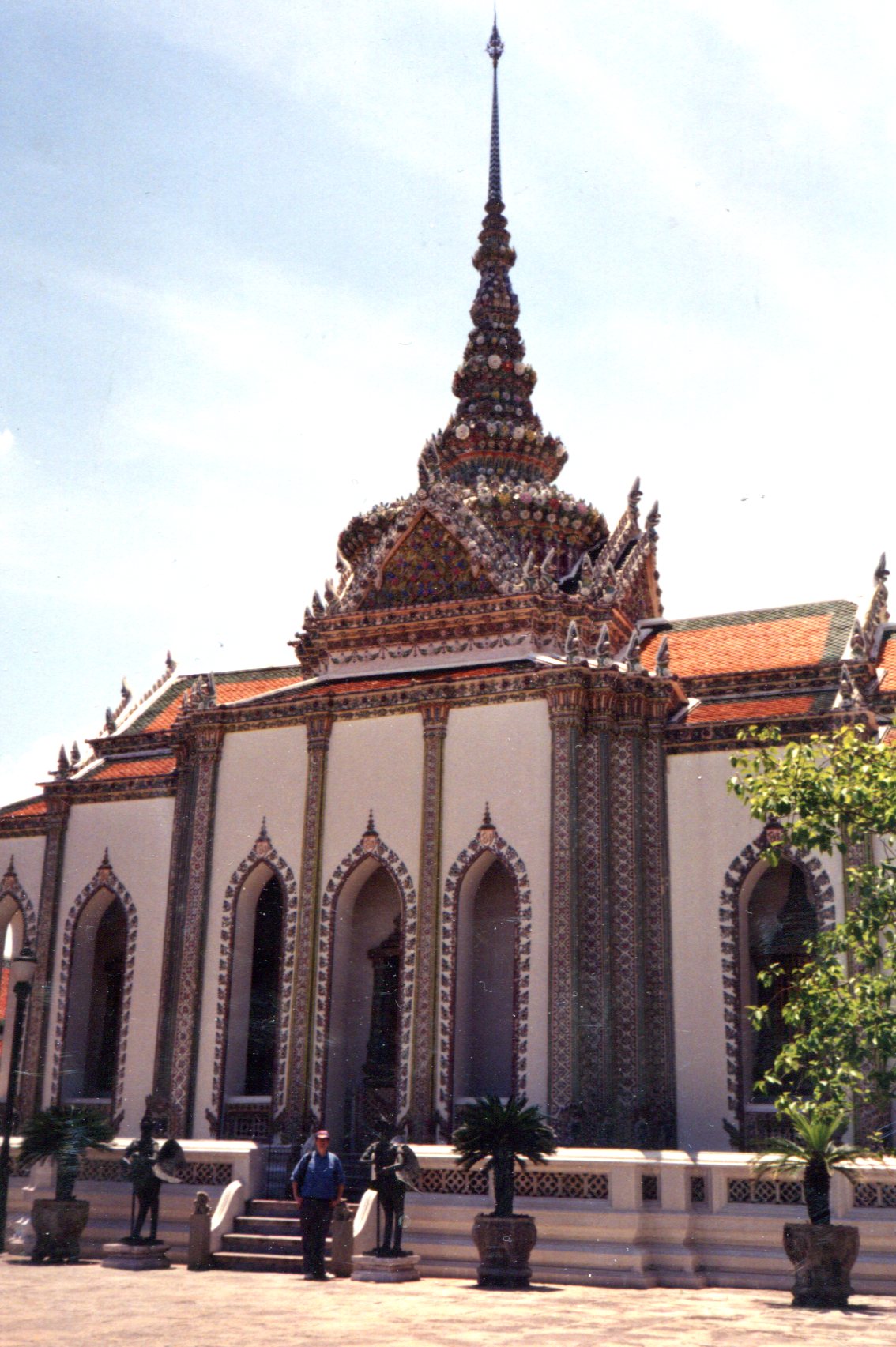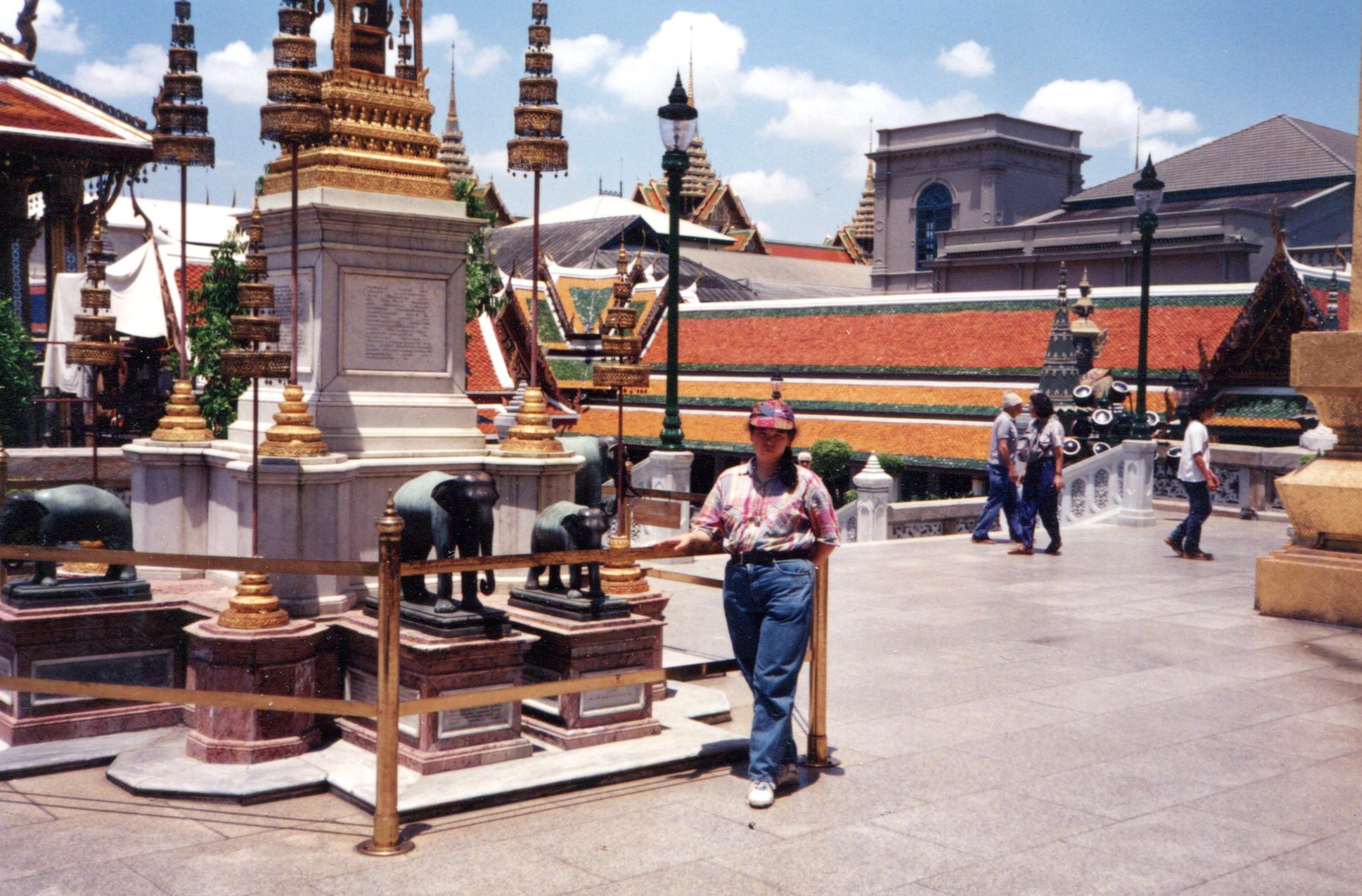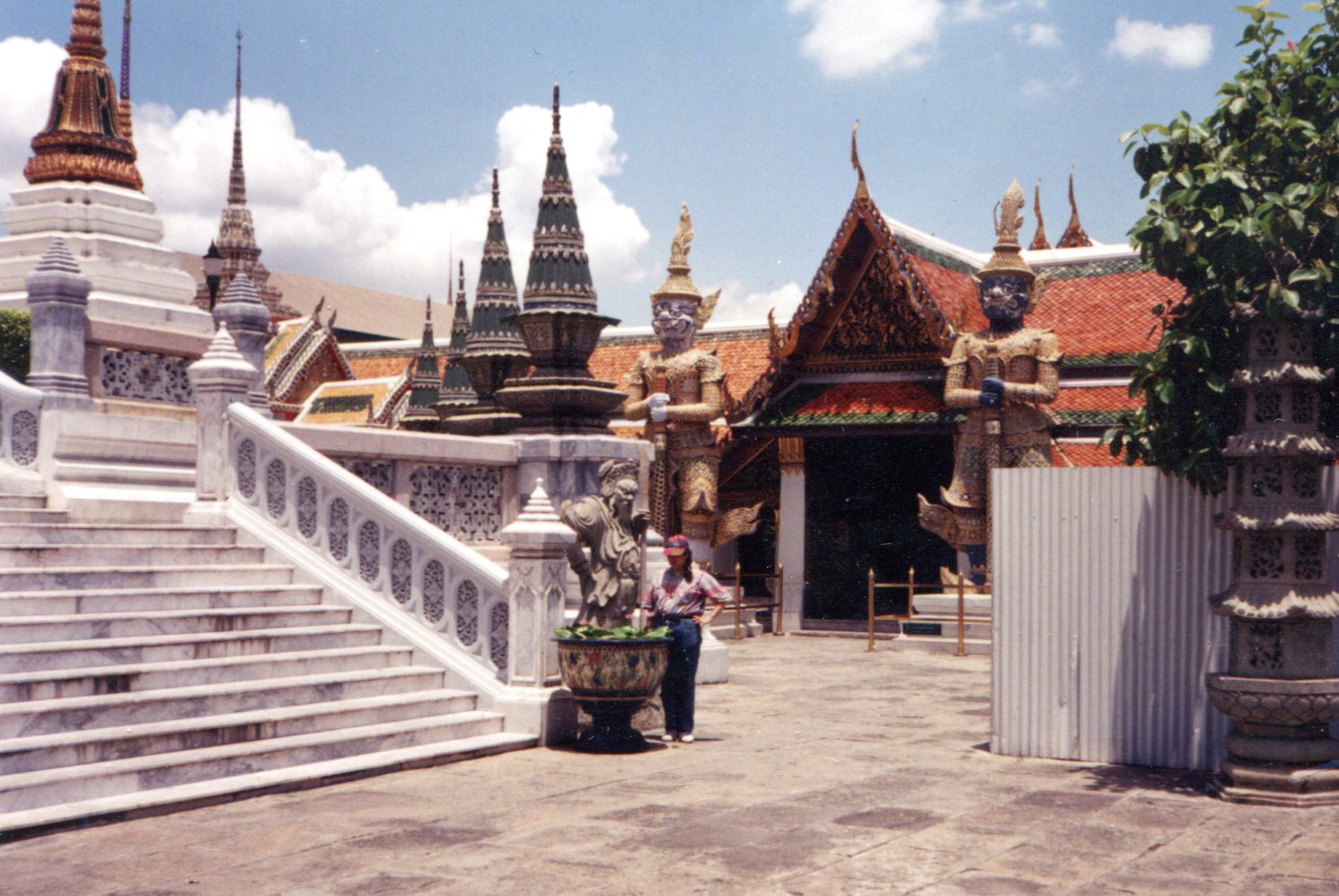I have in my possession, as part of my collection of worthless or nearly worthless banknotes, 35 Lithuanian litai, one each of a five-, 10- and 20-litų note.
They are accidental souvenirs. The litas was pegged four to the U.S. dollar in 1994, so when we arrived in Poland from Lithuania that fall, I had a mind to exchange our $8.75 in litai for złoty. That was probably enough for a decent lunch for two in either Lithuania or Poland in those days.
But if it weren’t U.S. dollars or DM, the exchange office in Poland didn’t want to hear about it. I came to understand that at the time, the Poles considered Lithuanian currency as no more than scraps of dirty paper. Time flies, things change, and now my litų notes are just dirty paper even in Lithuania, since that nation joined the euro zone in 2015. Oh, well.
This is obverse of the 10-litų note, issued in 1993.
 Who are these gentlemen who look so much alike, except the eyes of one are closer together than the other?
Who are these gentlemen who look so much alike, except the eyes of one are closer together than the other?
Darius and Girėnas, that’s who: Steponas Darius and Stasys Girėnas. Lithuanian aviators of renown in the early 20th century, except that both had immigrated to the United States in their youth. Even so, they count as Lithuanian heroes for a number of reasons, but mainly for their attempt to fly nonstop from New York to Kaunas in the summer of 1933. They made it across the Atlantic, but died in a crash in what was then Germany, about 400 miles short of their goal. Bad weather or engine trouble or both.
I was curious about the insignia on Darius’ cap (on the left). Further investigation didn’t disappoint. In fact, I came up with a connection to the Chicago area. Apparently a later version of the note, issued in 2001, made it clear that the insignia honors the Palwaukee Municipal Airport, in north suburban Wheeling, where Darius spent a lot of time. This article, originally published by the Michigan Coin Club, details that association and a lot more.
The reverse features their plane, Lituanica, a Bellanca CH-300 Pacemaker.
 “The duo purchased a used Bellanca Pacemaker plane from the Chicago Daily News (which had purchased a newer model) in 1932, dubbed it the ‘Lituanica’ and modified it for their flight,” the coin club article says. “Money was raised from numerous Lithuanian clubs and organizations to finance their operation. In their publicity photographs, Darius was always seen wearing his Pal-Waukee Airport patch on his cap.”
“The duo purchased a used Bellanca Pacemaker plane from the Chicago Daily News (which had purchased a newer model) in 1932, dubbed it the ‘Lituanica’ and modified it for their flight,” the coin club article says. “Money was raised from numerous Lithuanian clubs and organizations to finance their operation. In their publicity photographs, Darius was always seen wearing his Pal-Waukee Airport patch on his cap.”
A newspaper had its own airplane? And traded in for a newer model during the Depression? Damn, how the mighty have fallen.
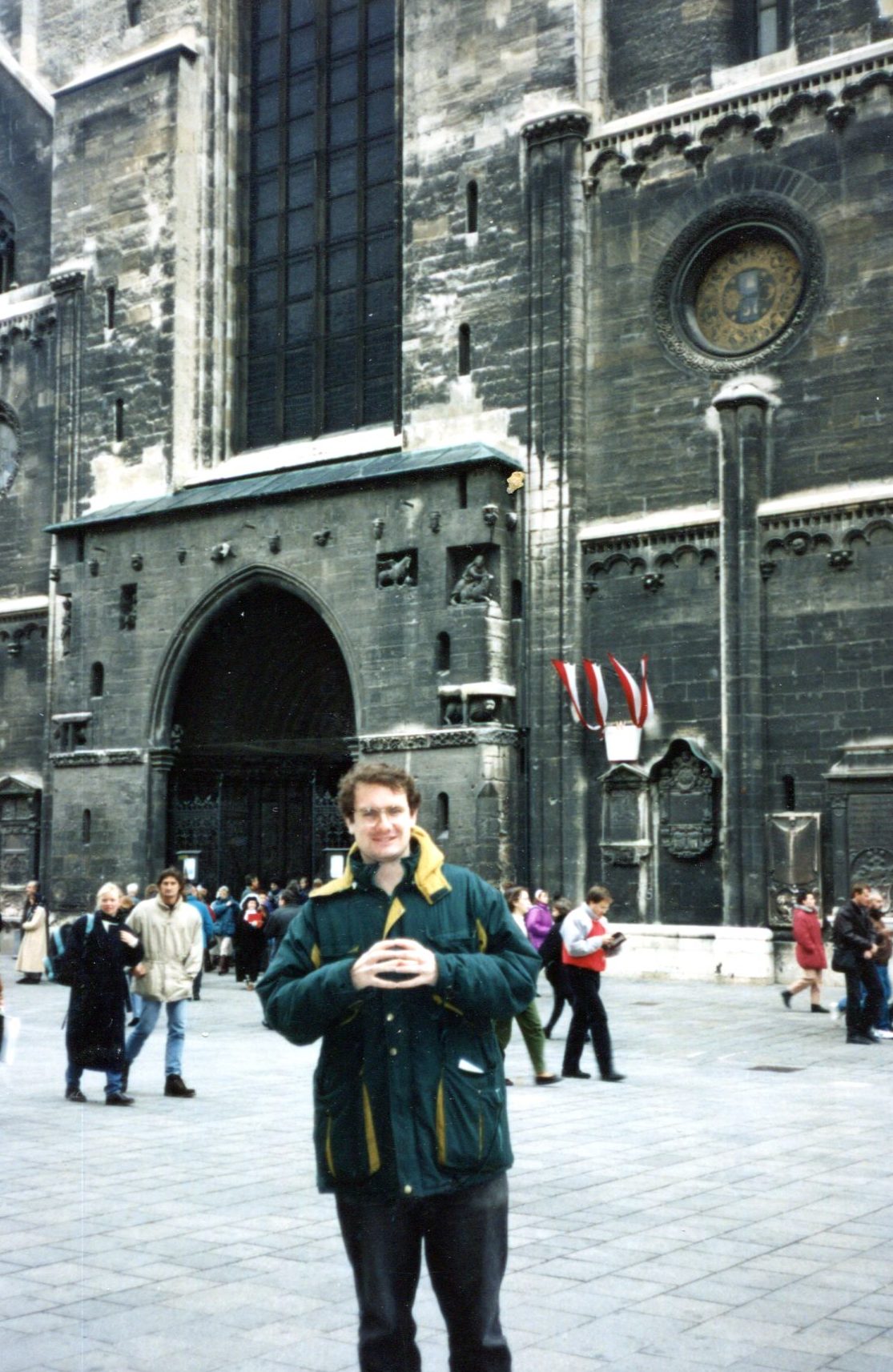
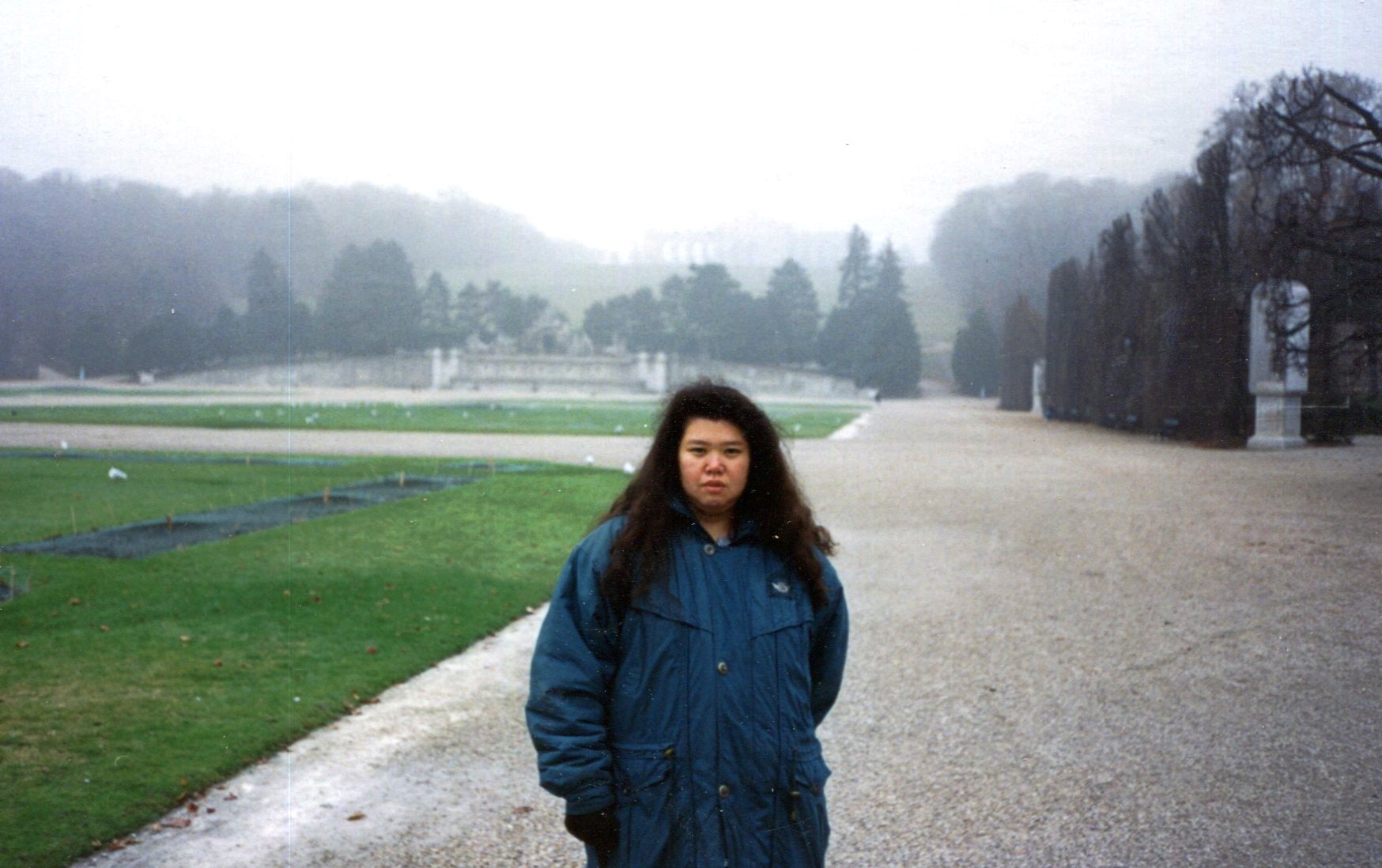
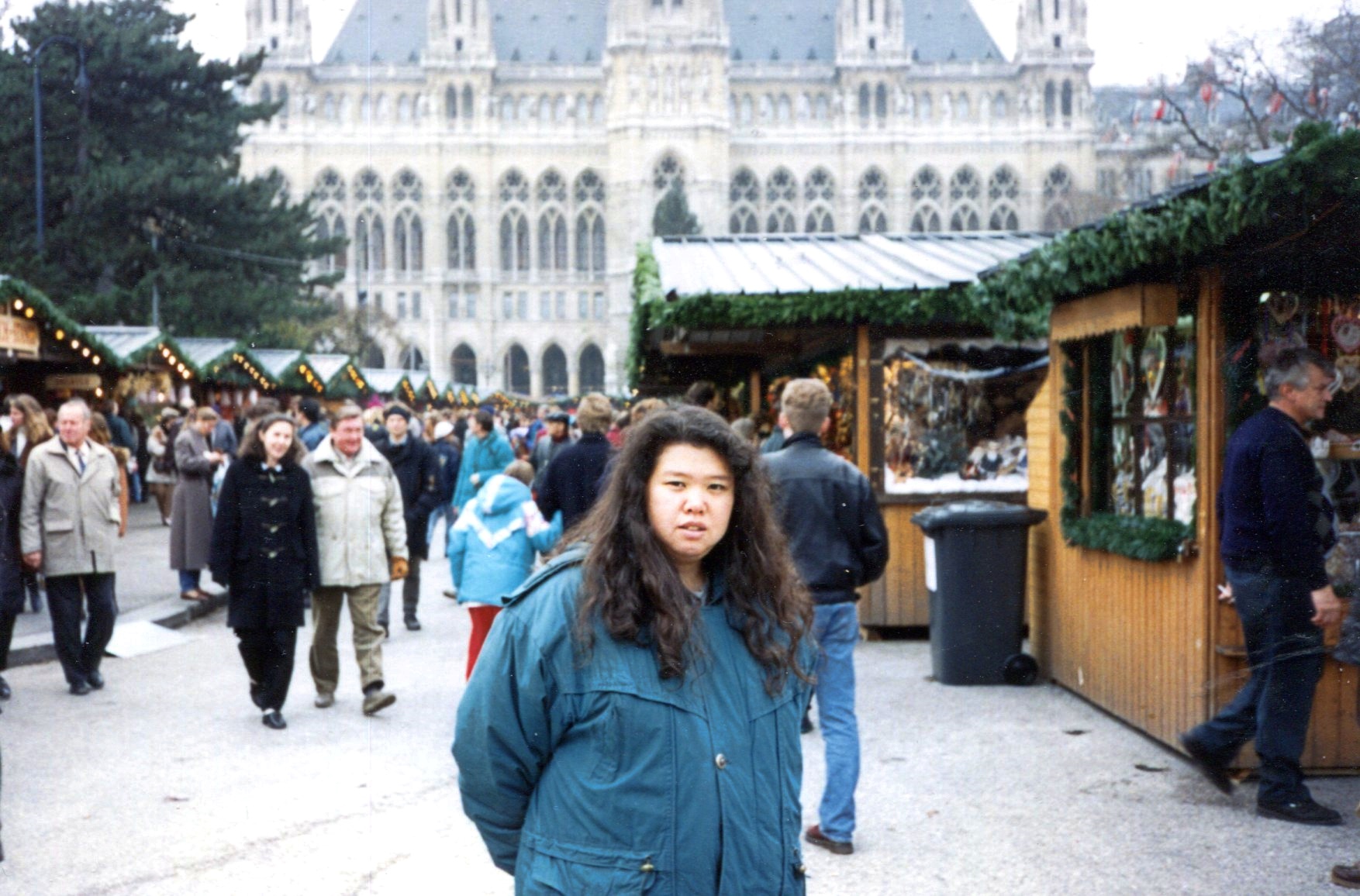
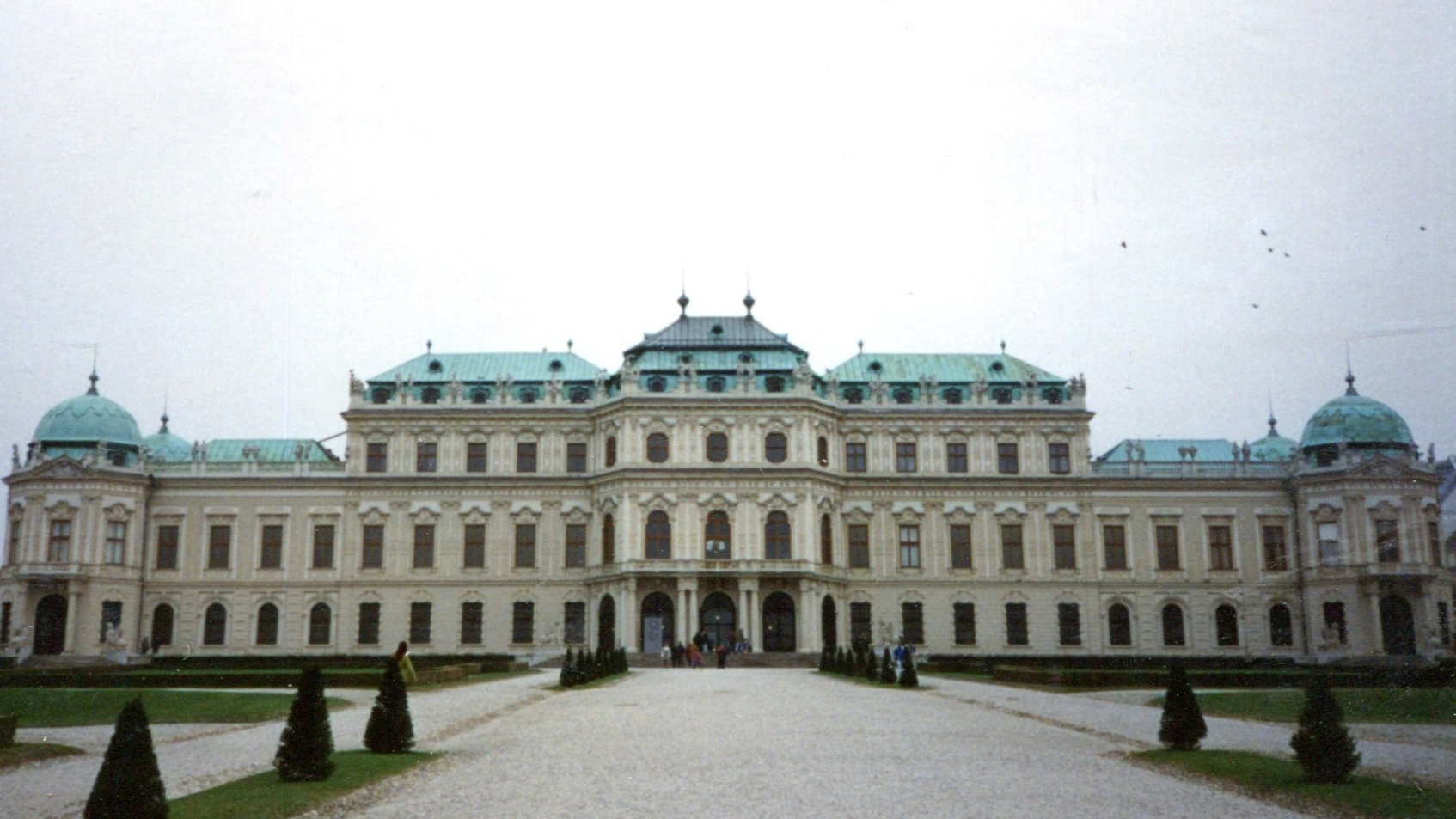
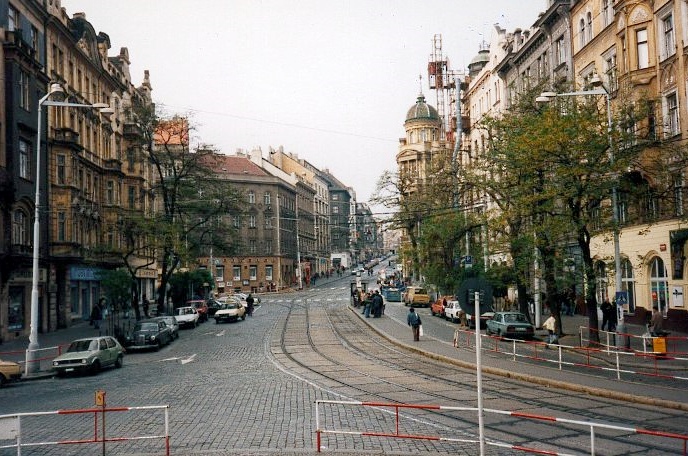
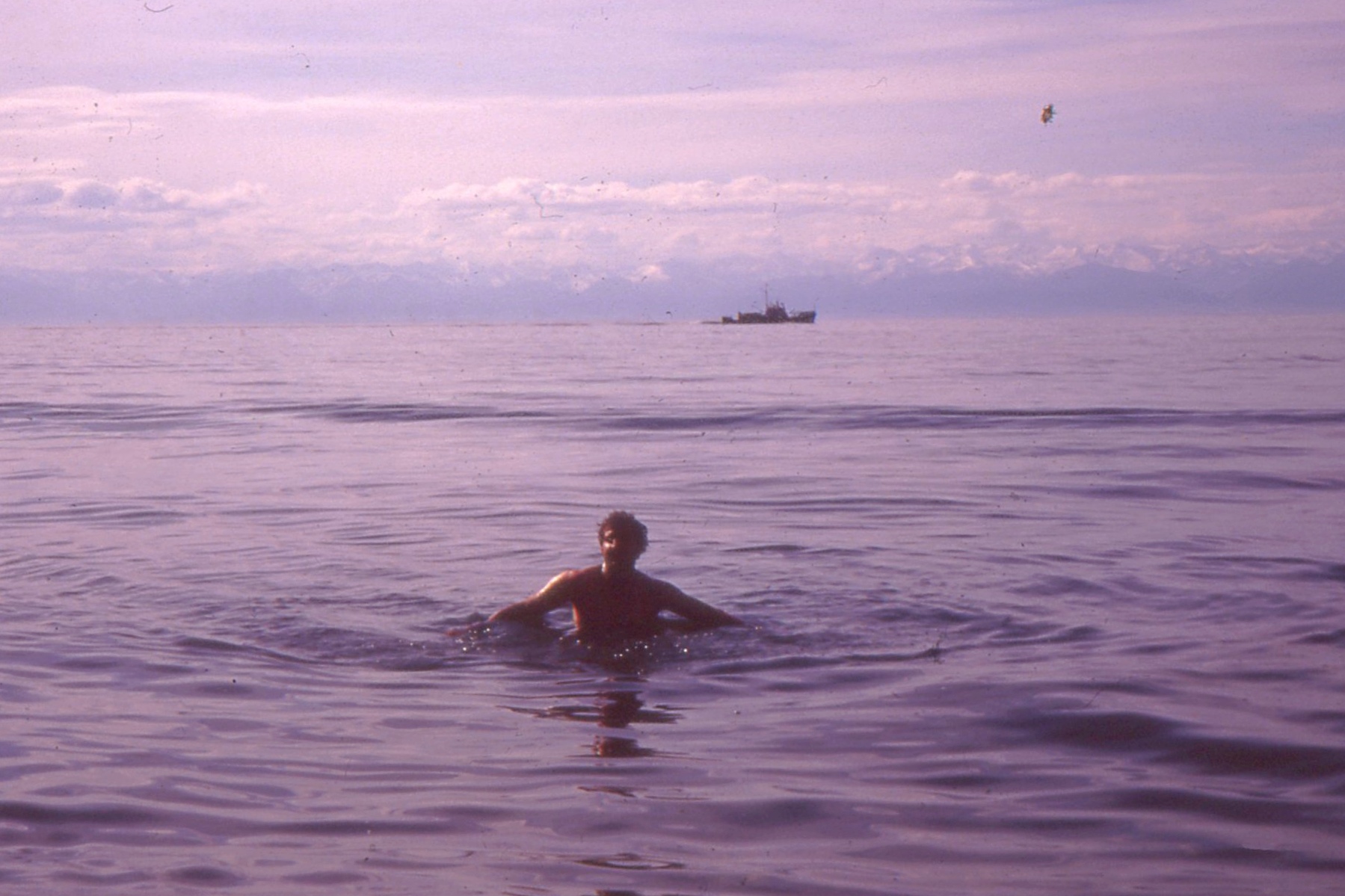
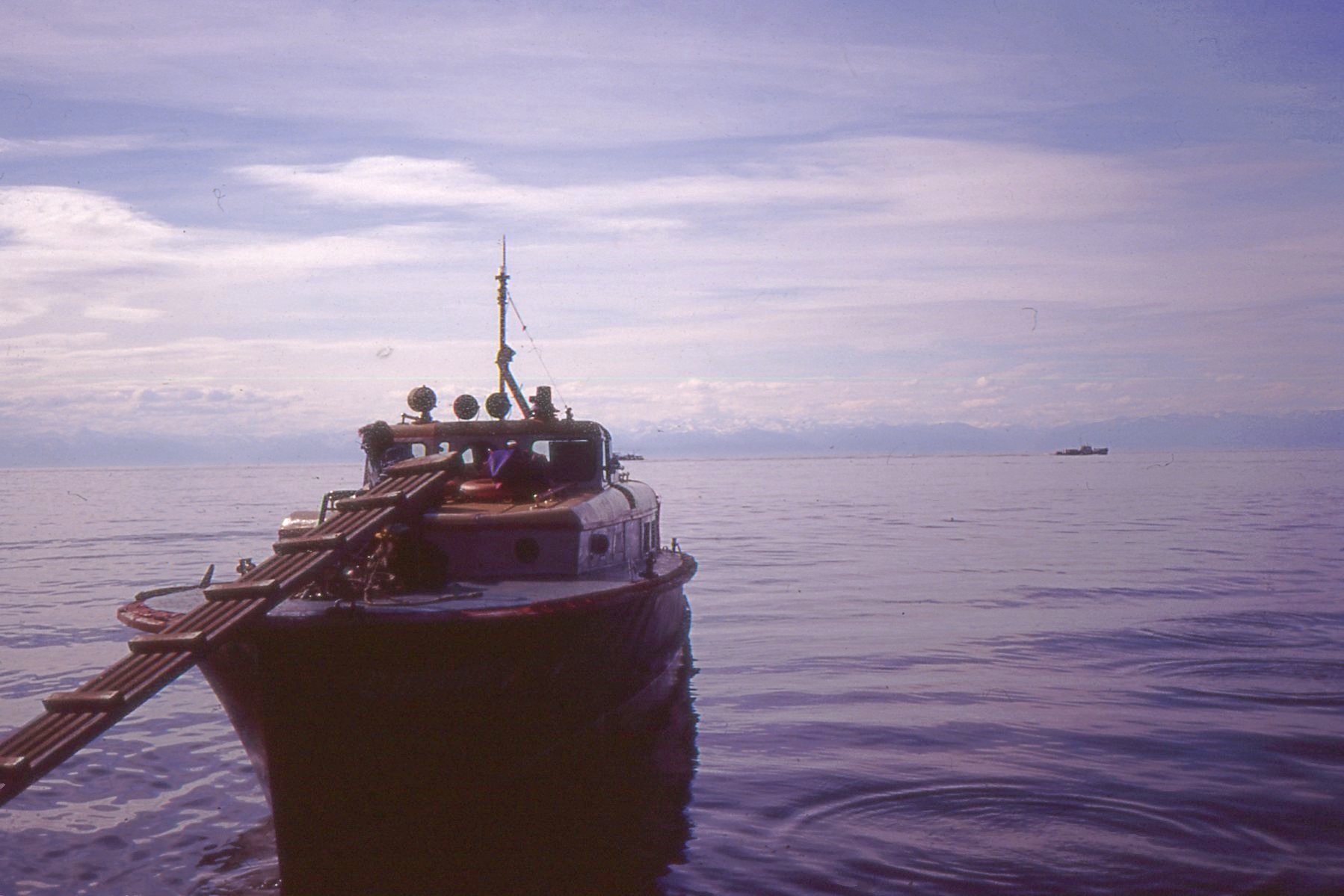
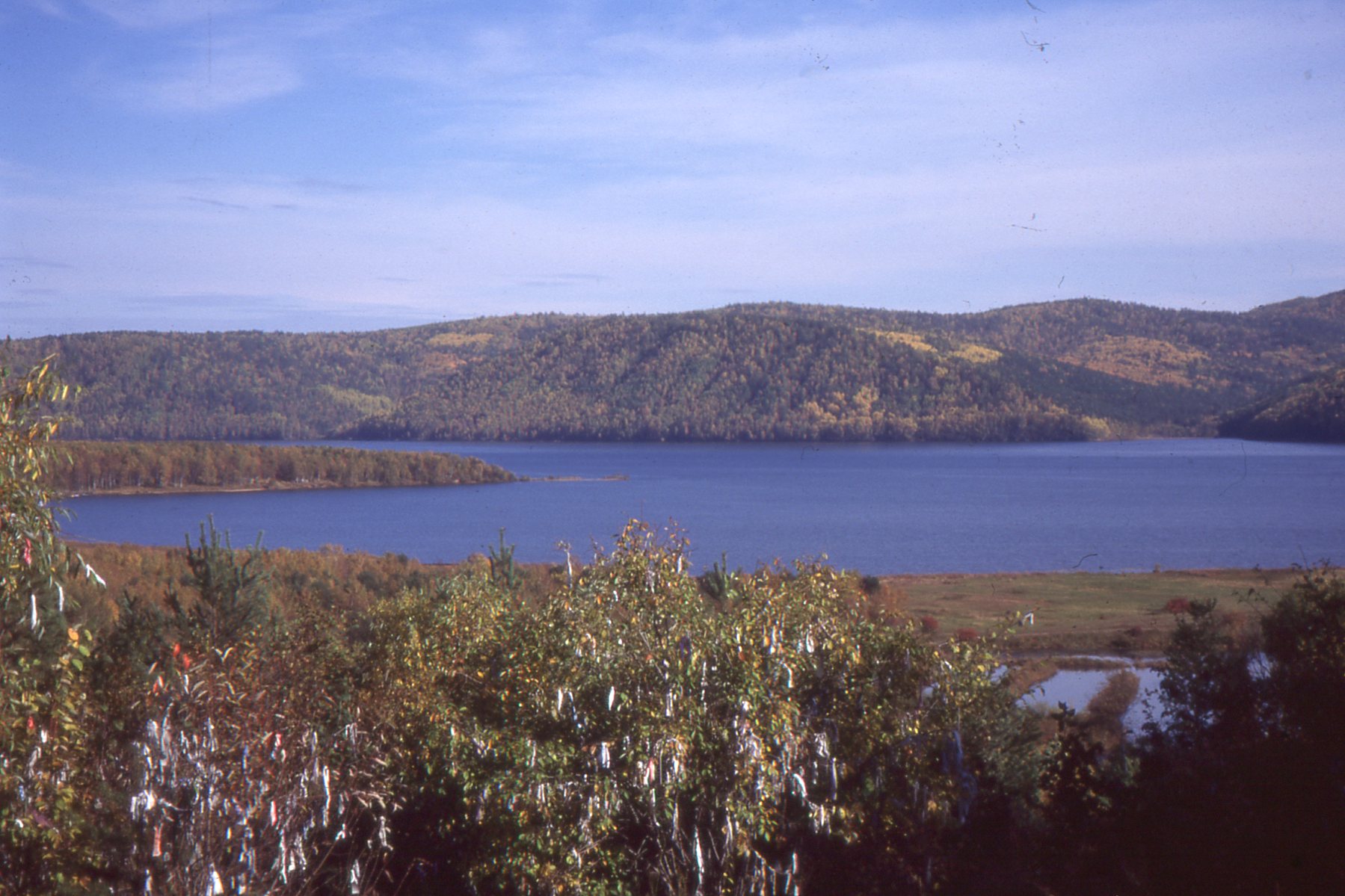
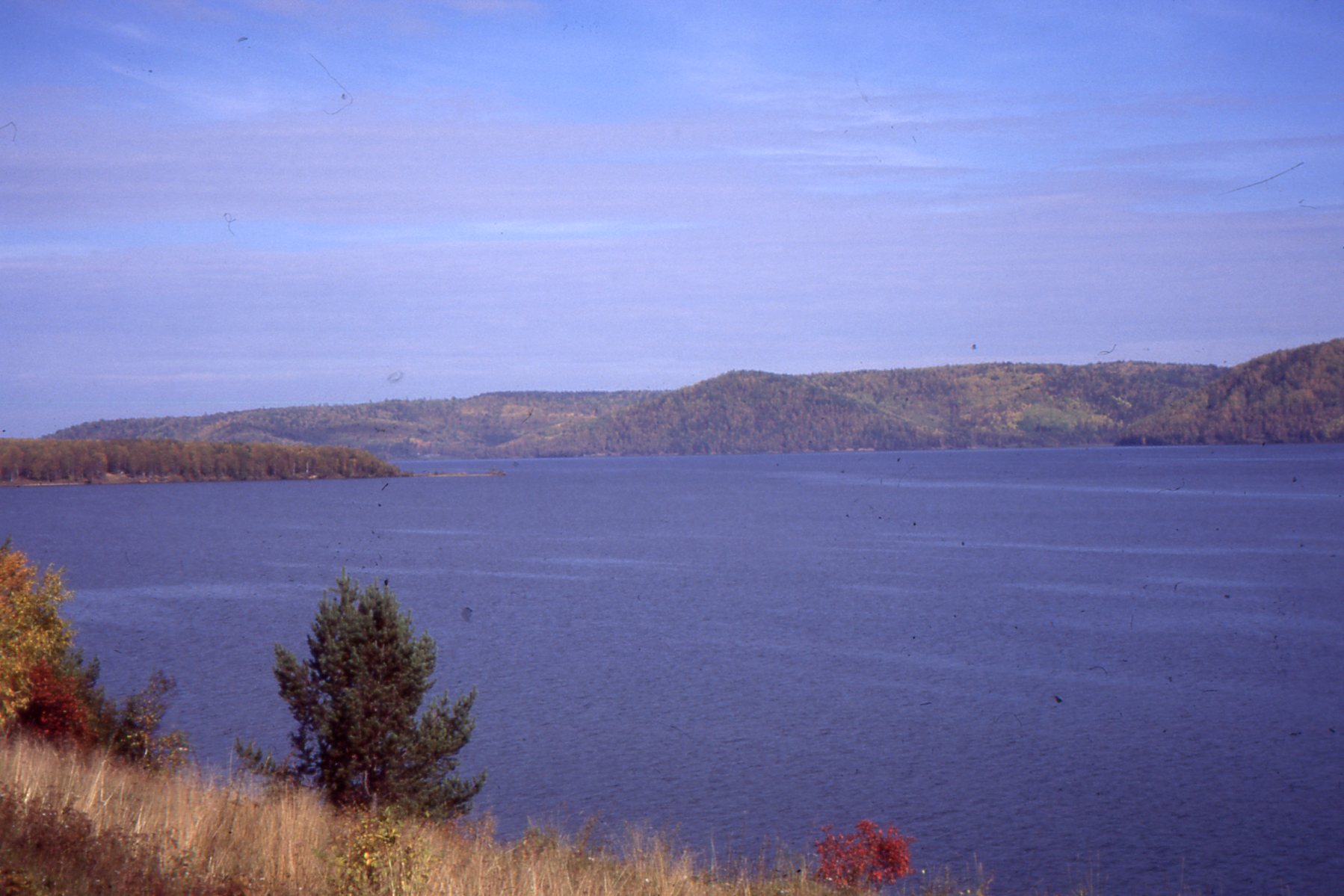
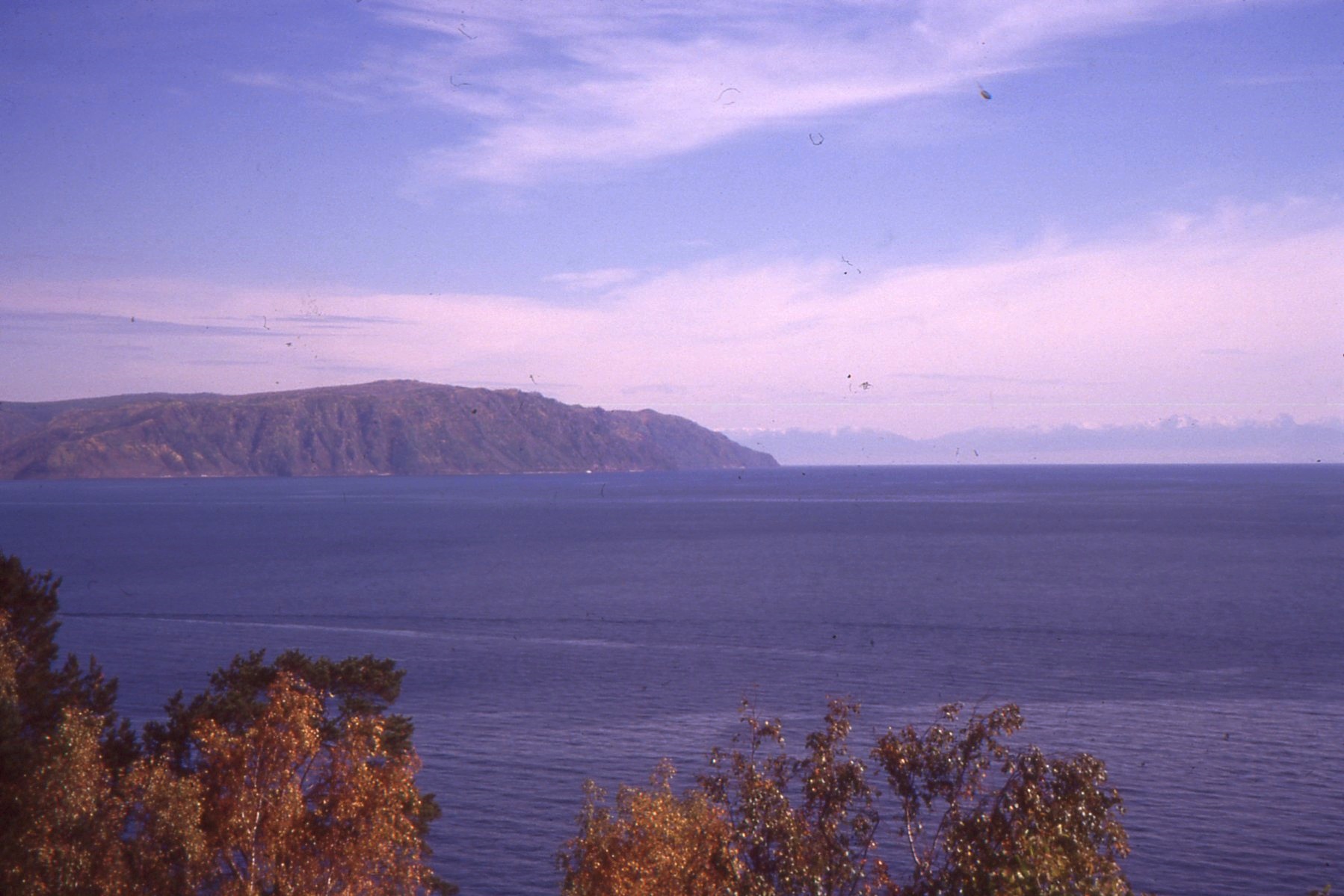
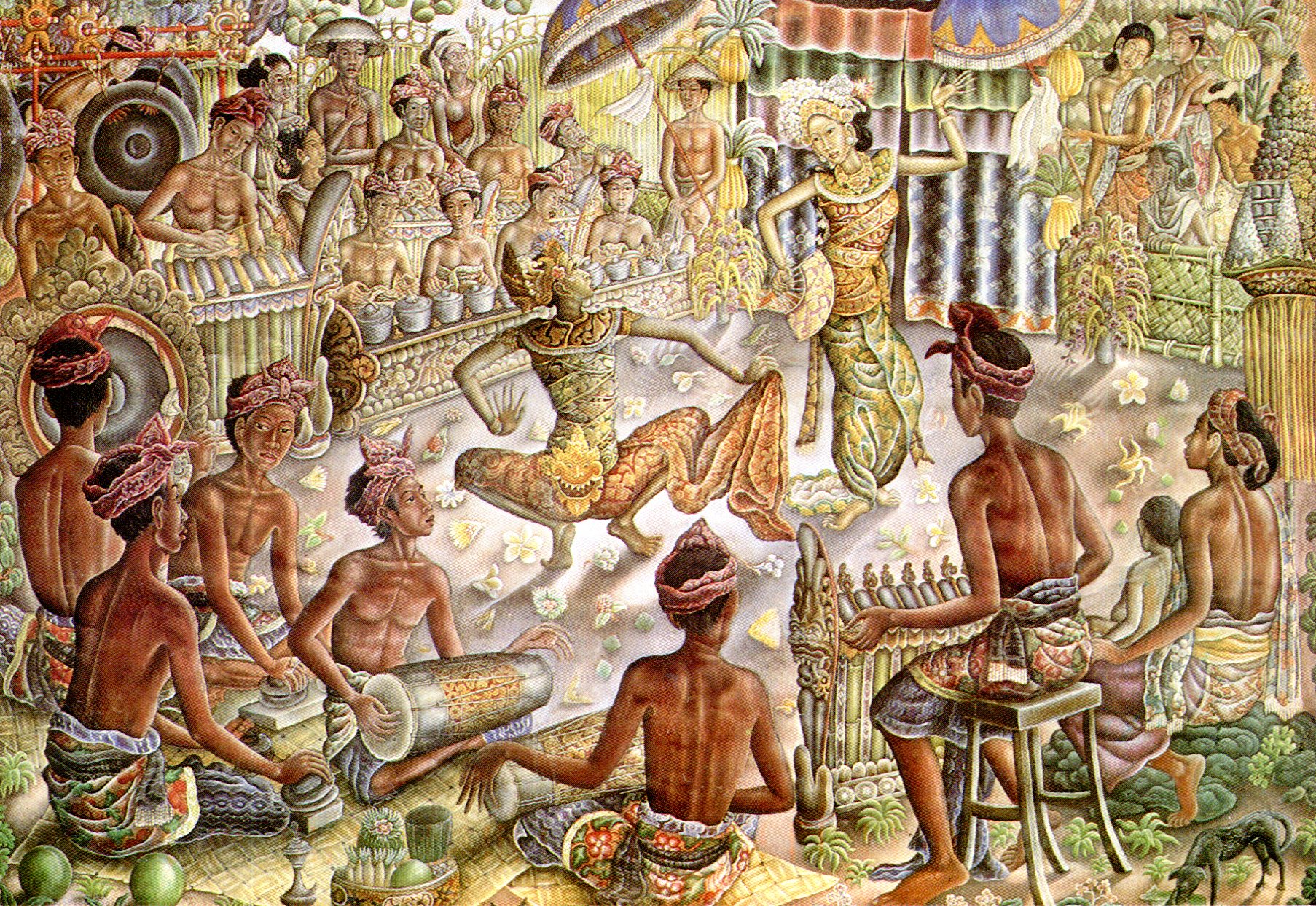 A lively, colorful work by
A lively, colorful work by  The Neka Museum in Ubud, now known as the
The Neka Museum in Ubud, now known as the 